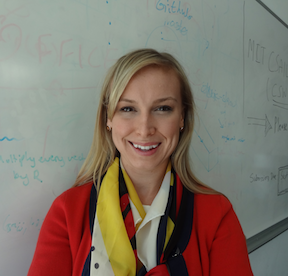Faculty Candidate Seminar
Leveraging Data Across Time and Space to Build Predictive Models for Healthcare-Associated Infections
Add to Google Calendar

The proliferation of electronic medical records holds out the promise of using machine learning and data mining to build models that will help healthcare providers improve patient outcomes. However, building useful models from these datasets presents many technical problems. The task is made challenging by the large number of factors, both intrinsic and extrinsic, influencing a patient's risk of an adverse outcome, the inherent evolution of that risk over time, and the relative rarity of adverse outcomes.
In this talk, I will describe the development and validation of hospital-specific models for predicting healthcare-associated infections (HAIs), one of the top-ten contributors to death in the US. I will show how by adapting techniques from time-series classification, transfer learning and multi-task learning one can learn a more accurate model for patient risk stratification for the HAI Clostridium difficile (C. diff).
Applied to a held-out validation set of 25,000 patient admissions, our model achieved an area under the receiver operating characteristic curve of 0.81 (95%CI 0.78-0.84). On average, we can identify high-risk patients five days in advance of a positive test result. The model has been successfully integrated into the health record system at a large hospital in the US, and is being used to produce daily risk estimates for each in-patient. Clinicians at the hospital are now considering ways in which that information can be used to reduce the incidence of HAIs.
Jenna Wiens is a Ph.D. Candidate in the Department of Electrical Engineering and Computer Science at the Massachusetts Institute of Technology (MIT). She holds an S.M. degree in EECS from MIT. She is interested in solving the technical challenges that arise when considering the practical application of machine learning in medicine. In addition to her work on predicting healthcare associated infections she has applied machine-learning methods to the automated interpretation of electrocardiograms and the extraction of strategically useful information from player tracking data in the NBA.
 MENU
MENU 
